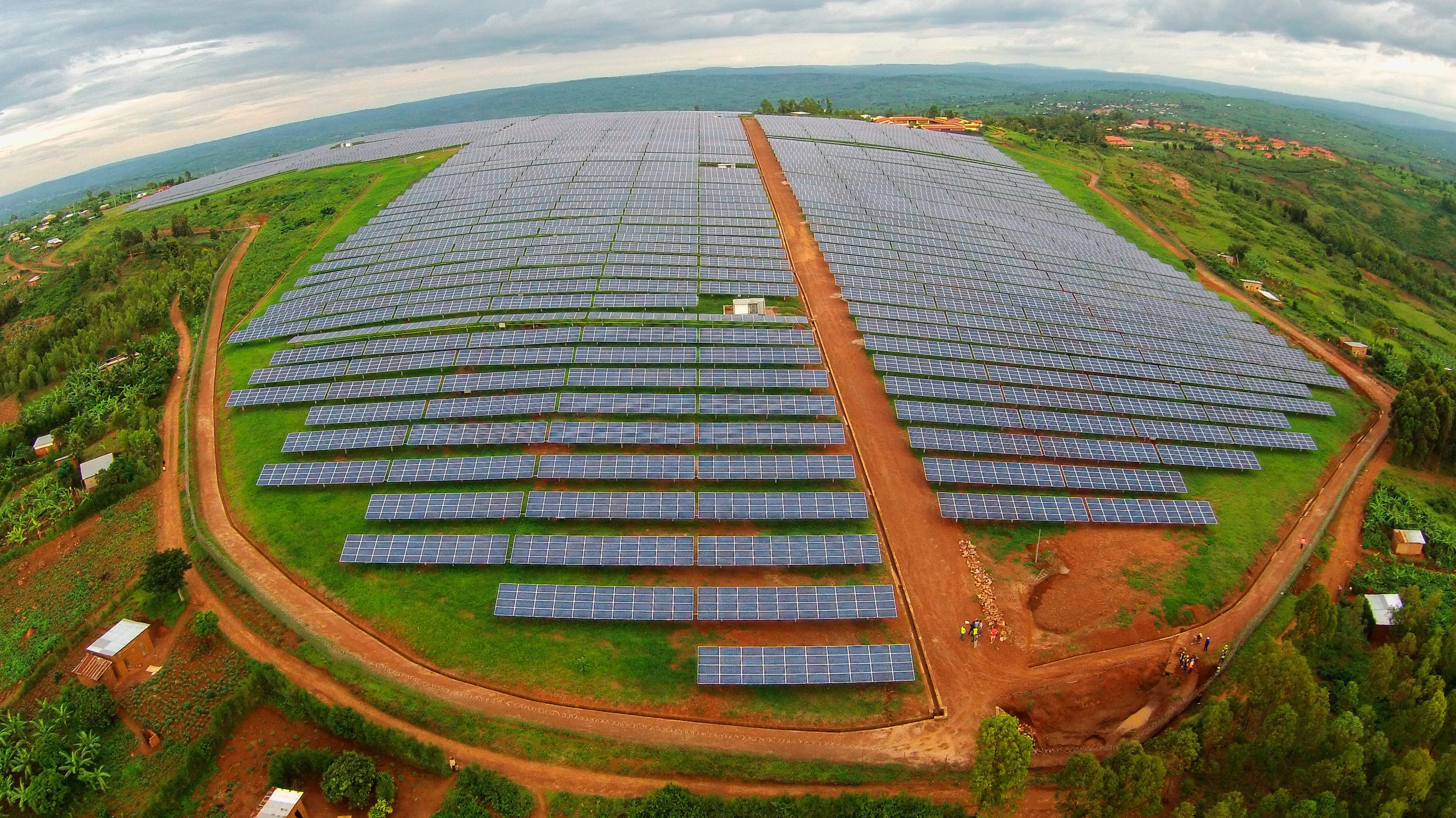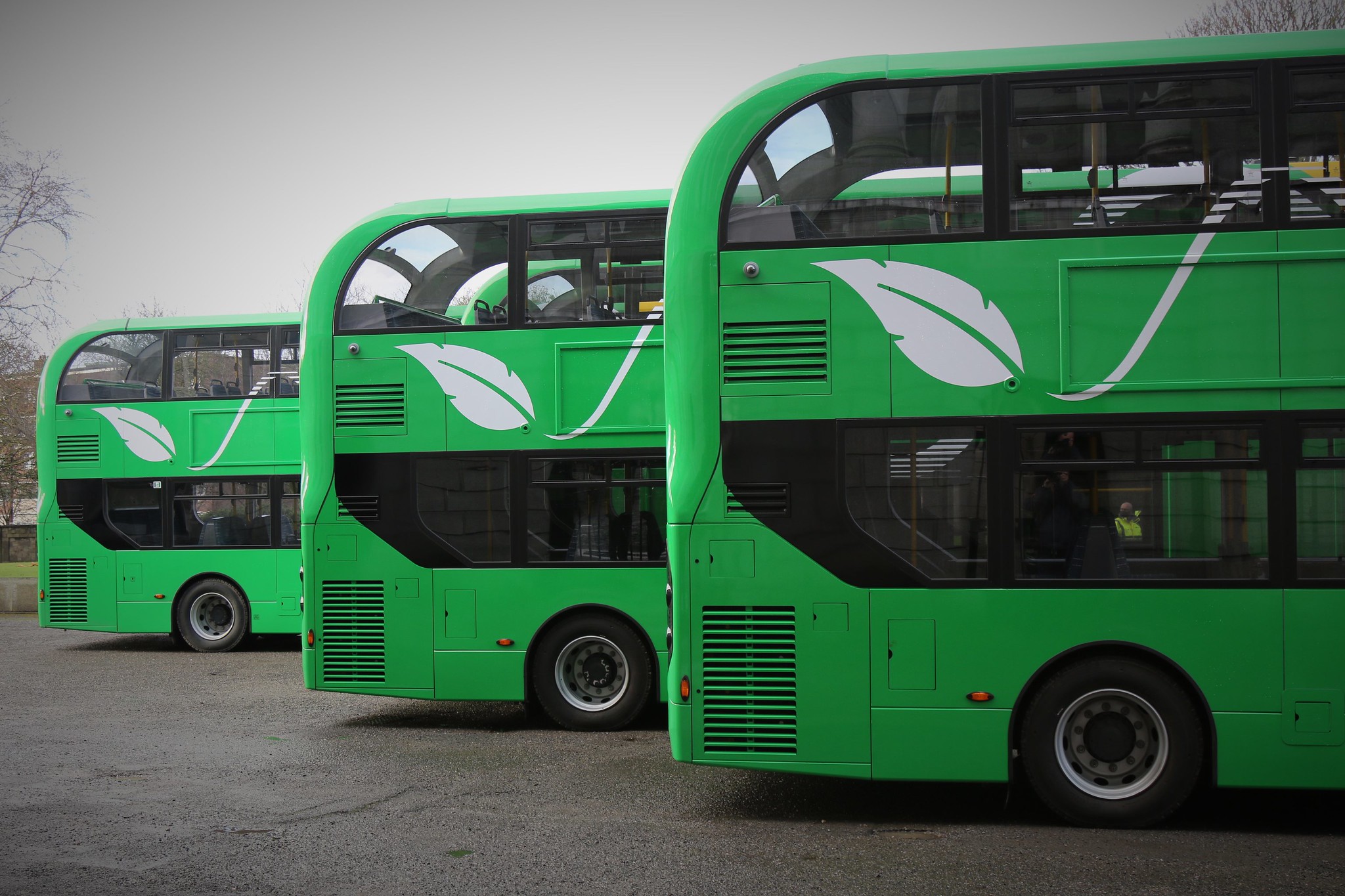The conventional mix of renewable energy technologies being adopted in Sub-Saharan Africa is limited in energy sufficiency and affordability due to the additional cost of energy storage. Large-scale low-carbon sources, writes Oluleke O. Babayomi, are a lower-cost option for economic growth without compromising environmental sustainability.
According to the International Energy Agency (IEA), the three important guiding principles for the clean energy transition are: energy security, affordability, and sustainable economic growth.
Sub-Saharan Africa’s (SSA) energy security is hampered by insufficiency and unaffordability. The existing electrical grid capacity is unable to meet current commercial demand and the high user-end-cost of renewable mini-grids threatens the competitive production of goods and services in the region.
Forcing a clean energy transition on SSA without ensuring the availability of sufficient energy for sustainable economic growth at an affordable price will likely result in a non-sustainable cycle that perpetuates foreign aid interventions reducing the region’s resilience in the face of climate change.
The trend in clean energy is towards decentralisation. The idea is to generate energy as close as possible to the end users. This has the advantages of lower power losses resulting from long-distance transmission and lower capital cost compared to large-scale centralised generators and mass infrastructure. However, since they lack economies of scale because of a lack of demand, decentralised systems in SSA generate higher electricity prices for users than the main power grid. This is a significant concern since growing economies need affordable energy to support the competitive production of goods and services. Economic growth is positively correlated with both affordable energy prices and high energy consumption for productivity.
Most clean transition policies in SSA rely on intermittent renewable sources such as wind and solar. A key shortcoming of these sources is the need for separate energy storage infrastructure to fill the gaps when the wind is not blowing, and the sun is not shining. Usable solar radiation is only available for about eight hours a day. As a result, energy storage to provide electricity for the other 16 hours can account for a 60 per cent (or more) increase in the capital cost of standalone solar installations in SSA.
As a result, grid-scale energy production, though it is more capital-intensive upfront, has a greater potential to produce cheaper energy for end-users. And the uncompetitive price of energy storage makes relying on intermittent energy sources unsustainable for energy-intensive economic activities.
Dispatchable low-carbon power sources such as hydro, geothermal, and nuclear can meet demand as required, at any time of the day. SSA has abundant hydro and geothermal potential. East Africa’s Rift Valley has about 15 gigawatts of untapped geothermal energy which is two times East Africa’s peak generation capacity in 2022. More than 90 per cent of Africa’s hydropower remains unexploited. If these industries are developed, they can provide ample energy to meet the increasing demand of the fast-growing economies and provide green specialised jobs for the region’s young population.
The maturity of these technologies is also important. Mature technologies require less frequent upgrades and upskilling of workers to operate them. Hydropower and geothermal energy have been in use in SSA for decades. The region has developed a strong skilled workforce over this time. The long-term experience of these local skilled workers has empowered them to locally innovate solutions to challenges that have arisen from deploying the technology in the region.
In contrast, solar and wind technologies are relatively new industries and are still in the phases of rapid development. The cost of solar systems has fallen by 50 per cent in the past decade owing to improved conversion efficiency and lower hardware cost. This rate of development renders recently purchased equipment obsolete within a short time. Countries that do not innovate and produce these technologies are burdened with high capital cost of frequent upgrades and rely on the producer economies for skilled personnel for the operation and maintenance of equipment.
Including dispatchable low-carbon energy in energy models can result in prices falling 50 per cent—with identical levels of reduction in carbon emissions as using only solar and wind energy. Dispatchable sources are not prone to seasonal variations and so also increase the reliability of the energy system. Hydro, geothermal, and bioenergy are also less prone to geopolitical volatility than renewable sources that require a significant amount of imported sophisticated semiconductor electronics, like solar and wind energy.
Like all sources of energy, these dispatchable sources have their shortcomings too. Hydropower is sensitive to climate change and droughts, geothermal energy requires significant financial investments, and nuclear energy has challenges with waste disposal. Also, renewable sources are not evenly distributed across the countries in SSA. Despite their limitations, low-carbon energy sources offer a win-win approach for SSA’s economic growth under the clean transition—a lower-cost solution to tackle the perennial challenge of energy insufficiency.
This blog is based on the recent publication “Affordable clean energy transition in developing countries: Pathways and technologies”.
Photo credit: Robin Hyder used with permission CC BY-NC-ND 2.0 DEED






What a very good compilation from you, Abayomi. I love this and it puts forward why there are still low infrastructural developments in the SSA. As we know that most infrastructure today is driven by electric power and the campaigns globally are to ensure that their sources are clean, affordable, and accessible to all.
In the fourth paragraph you talked about the current trend in the decentralised type of electricity generation in the SSA is where I would like to throw some light on. My take is that don’t you think it is time for the African leaders and major stakeholders in the energy sector to come together and come up with a sustainable energy roadmap that will shift our energy generation and transmission methodology from the decentralized type and embrace the centralised type coupled with the low-loss long-distance electric power transmission mode? Will you agree with me that the current trend of situating energy end users to generation plants cannot drive the infrastructures of the 21st century if we are to replicate what is seen in other developed nations in the SSA-countries?
There has to be a workable regulatory framework from all African countries to connect to large potential sustainable energy power sources irrespective of where it is located. The current trend of transmitting high voltage power via Alternating current that is hampered with high power losses over long distances can be replaced with the Direct current type to cut out the problem of tghis power losses, pollution to the environment, and at the same harmonise different grids with varying transmitting frequencies. Don’t you think so?
There are other suggestions that I would have loved to put up here but I do not want to make the comment too long and become boring. I will stop here and we can take our engagements further in other platforms as you roll out further contributions of yours in this sustainable energy space.
Good luck to you Abayomi,
Abideen Bakare
(Sustainable energy enthusiast)
Sweden
Dear Abideen, Thank for your comments.
First, indeed, the article concurs with your submission that SSA needs affordable sustainable electricity systems (of identical cost as fossil-powered grid-scale generators) to catalyse the scale of economic productivity that can lead to economic growth and development. So far, due to limitaitions of existing renewable technologies, the potential of decentralised renewable systems to achieve this goal in the short term is grim. It is also just for the SSA countries to call for allowances to utilize lower cost energy to grow – since today’s industrialized economies grew by powering their heavy energy-demanding industrial systems with low-cost coal, oil and natural gas. Nonetheless, it is also imperative for all economies to attain or sustain national wealth by environmental-friendly energy sources.
Second, in respect of centralised generation with low-loss long-distance transmission mode, the current state of the art AC transmission technologies do not yet support low-loss long-distance electricity transmission. Nonetheless, research progress is being made on technologies for superconductors, but these are yet to reach commercially-viable scale.
Finally, DC systems have the potential to improve transmission efficiencies in the form of high voltage DC transmission. This progress is also facilitated by recent advances in solid state transformers and related power electronics. We look forward to seeing these technologies go beyond experimental tests to ubiquitous application in the near future.
Great article Dr Leke. The race towards net zero must be fair and sustainable. The world is far too complex to assume a “one size fit all” in addressing climate change when it comes to energy transition as the conventional mix of renewable energy that’s being marketed for SSA is limiting. With population expected to rise, SSA needs a more sustainable path. I like how you started by referring to the guiding principles of the clean energy act one of which includes affordability and sustainable economic growth. I therefore totally agree with your position, low-carbon energy sources should be the way forward. They are in abundance in SSA and we have the capacity to exploit these sources. What we need to do is focus more on research to harness the energy to closer to the net-zero targets. SSA leaders should not get carried away with the fancy displays of solar panels and wind mills and bank their future to it mindlessly; they need to brainstorm and figure out what is best for SSA energy in terms of security, affordability and for sustainable economic growth.